Where does agave grow?
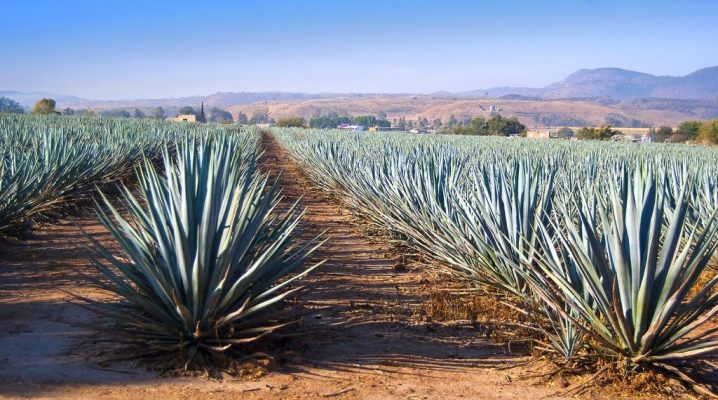
Agave is a monocotyledonous plant belonging to the Agave subfamily and the Asparagus family. It is believed that the origin of the name is associated with the ancient Greek mythological character - Agave. She was the daughter of the founder of the city of Thebes, Cadmus. Because the girl did not believe in the divine nature of Dionysus, God sent madness on her, and she tore her own son Penfey to pieces.
Where does it grow?
In the wilderness, this plant is most often found in the hot mountainous regions of Mexico, as well as in the neighboring territories of North and Central America. Agave loves stony soils, easily tolerates drought and heat. On the mainland of Eurasia, this interesting plant appeared some time after America was discovered.
Nowadays, some types of agave grow on the shores of the Mediterranean Sea. In Russia, it can often be found in the Black Sea squares, in the Caucasus, and also lives on the territory of the southern coast of Crimea.

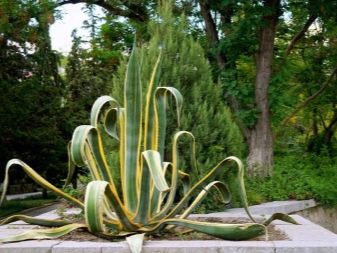
Plant appearance
Only a few agaves have short, lignified trunks; in almost all species of this large-sized plant, fleshy leaves are connected to a root rosette. They are both wide and narrow; at the end there is an awl-shaped tip, as well as thorns of various shapes along the edges of the leaf. The foliage is painted in grayish, greenish or bluish tones with yellowish or white stripes along the edges.
These unusual plants one to two meters high with a rosette diameter of up to three meters are covered with a beautiful wax coating on top. The inflorescence is a very large apical panicle - ten to twelve meters with a rosette diameter of four to five meters. On the peduncle there are up to seventeen thousand yellowish color and funnel-shaped flowers.
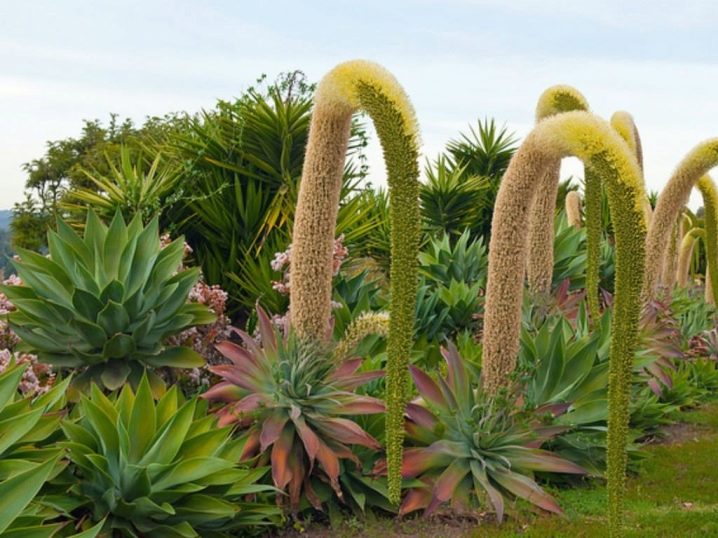
Varieties
The agave genus contains about three hundred species of plants of various shapes and colors.
American agave
The most widely known representative of this genus. In nature, there are specimens up to three meters high. It is characterized by gray-green or darkish-green leaves with yellow edging along the edges and a waxy bloom, ending in thorns. Can be grown as an indoor flower. It is often used in the treatment of diseases.
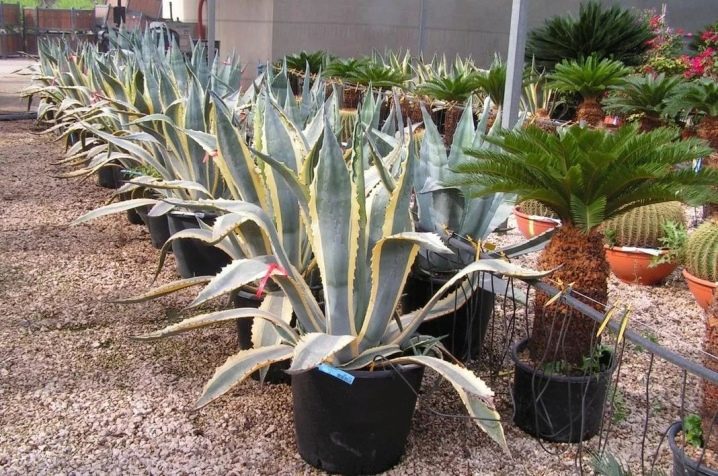
Blue agave
A very beautiful species, common in Mexico. Has an elegant rosette of pointed leaves with a bluish, wax-like bloom. Blooms after five to eight years of life.
It is from it that the world-famous alcoholic drink called tequila is produced. For these purposes, Mexicans grow blue agave in large quantities on special plantations.
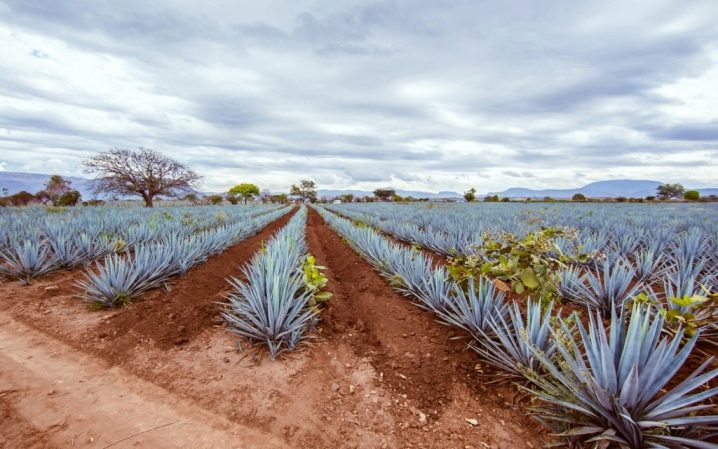
Stringy agave
The plant has medium-sized parameters and foliage, located in the form of a screw (raised up). At the edge of the leaf, there are thin white fibers that resemble threads. At the time of flowering, it throws out a three-meter peduncle in height.
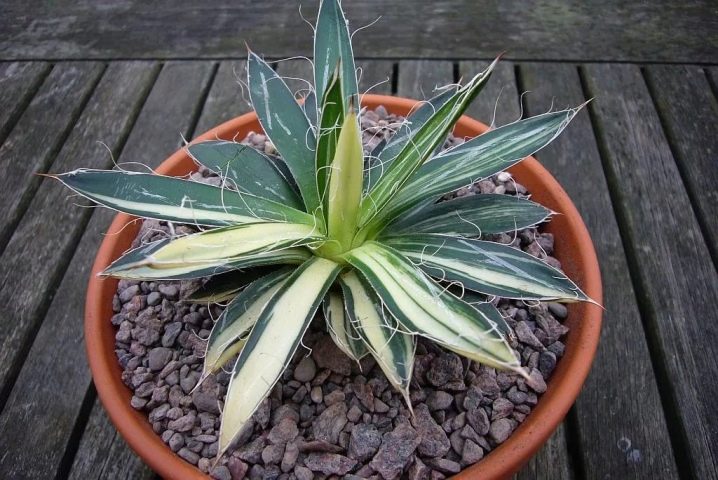
Queen Victoria Agave
Very decorative, slow-growing species. Has a spherical rosette up to forty-five centimeters in diameter. The leaves are short and tough, triangular in shape, dark green (sometimes variegated) and patterned. This species has only one thorn located on the top of the plant.
Due to its attractive appearance, it is often grown in houses and apartments.
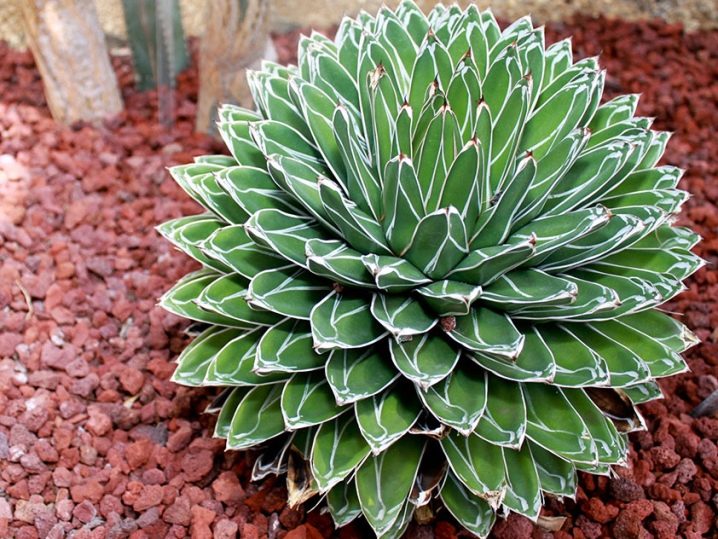
Agave Parry
A spectacular plant with an attractive symmetrical rosette and broad blue-gray leaves. This species has pink flower buds and a bright yellow inflorescence color. Very drought tolerant and can withstand short term drops in temperature up to -12 degrees Celsius.
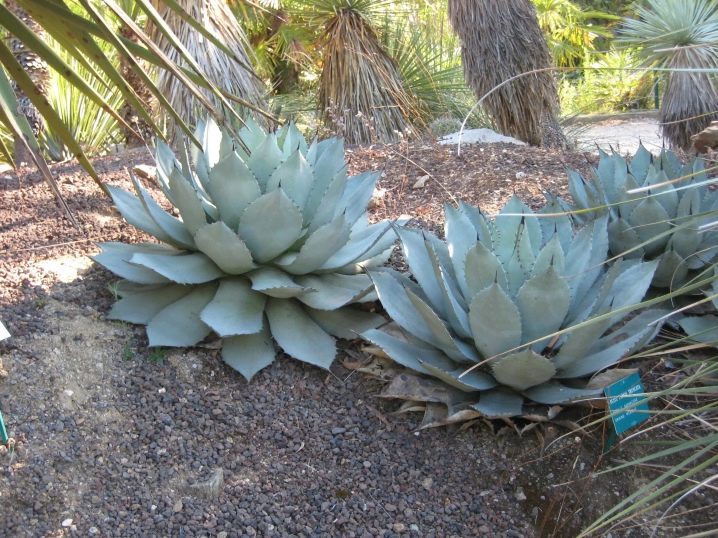
Agave compressed
The visiting card of this species is needle-shaped, thin, fleshy leaves. In indoor floriculture, it is valued for its decorative effect and for its unpretentious cultivation. Growing up, this species can branch.
It looks especially beautiful with a two-meter peduncle released.
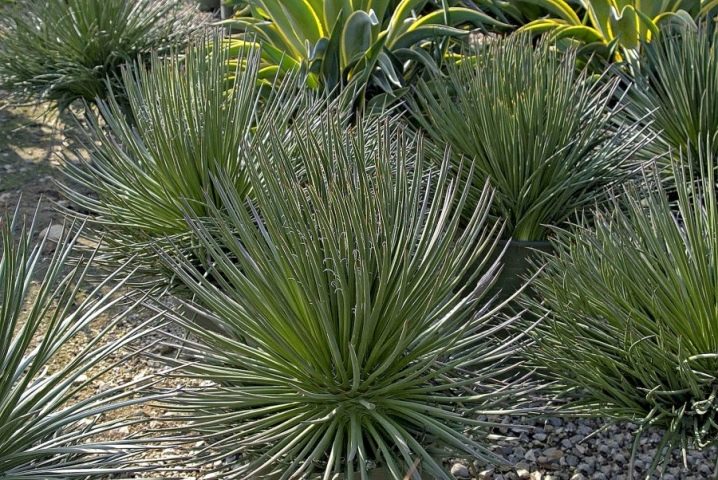
Habitat of popular species
American agave is the most common species in the natural environment; it can be found not only in Mexico, the United States and the Caribbean islands, but also on the shores of the Black and Mediterranean Seas, in the Crimea and the Caucasus.
Blue agave is widespread throughout Mexico, but most of all in the Mexican state of Jalisco, because it is here that it is cultivated for the purpose of obtaining tequila.
Agave filamentous grows only in Mexico and North America. The Queen Victoria Agave lives in the Mexican Chihuahua Desert, Coahuila, Durango and Nuevo Leon states, as well as the southern United States. Agave Parry is found in the foothills of Mexico and in the southwestern United States, and the Mexican state of Puebla is considered the birthplace of compressed agave.
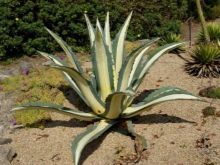
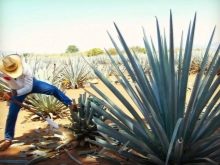
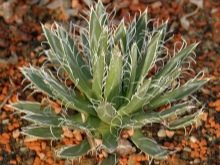
What do indoor agaves look like?
For use as domestic plants, low varieties with a small rosette diameter were bred. They are a miniature form of agave that grows naturally. In indoor conditions, they also need a lot of sun and heat, as well as a special composition of the soil. Indoor varieties bloom faster; in summer they are recommended to be placed outside.
Most often, American agave, Queen Victoria agave and many others are chosen for home breeding.

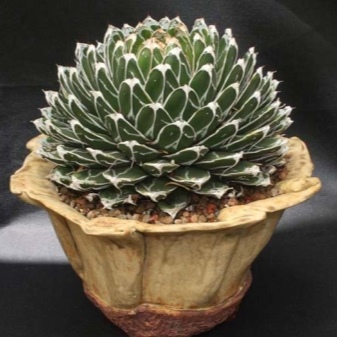
Where is it used?
In the homeland of agave, ropes, ropes, fishing nets are made from its foliage. The waste goes to the production of wrapping paper. There are agaves that are grown for fiber.
Alcoholic beverages are produced from the juice: pulque, tequila, mezcal. In cooking, sweet syrup is used as an additive to various dishes, the leaves are fried and dried.
The plant contains such useful substances as iron, calcium, zinc, vitamin C and B vitamins, its juice is characterized by disinfecting and wound healing properties.


Interesting Facts
There is a lot of interesting information about this. an unusual plant.
- In ancient Mexico, this plant played an important role in economic, cultural and religious life. The prosperous life of the Aztecs depended on the agave harvest.
- According to one hypothesis, the name of the country - the word "Mexico" - is formed on behalf of the goddess of the agave - Mektli.
- The Aztecs believed that placing agave leaves on a pregnant woman's face would save her from becoming a wild beast.
- Caterpillars and butterflies of the genus Megathymug live on the leaves of this plant. They are fried with the leaves and eaten. It is considered a delicacy.
- The compressed fibers of this plant, called sisal, are used for darts.
- American agave can exist in one place for fifty - one hundred years. In the botanical garden of St. Petersburg there is a plant that survived the blockade of Leningrad.
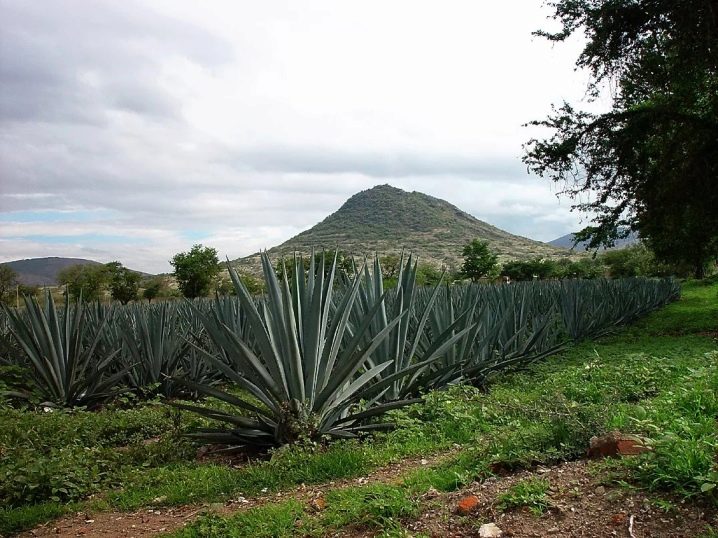
Agave is an amazing and useful plant that can be used as food, medicine, and for the production of necessary household items. In addition, it is very effective in home floriculture and can beautify any interior.... It is also known that this unique plant cleans the air from harmful microorganisms.
For information on how to propagate an agave by cutting, see below.


















































The comment was sent successfully.